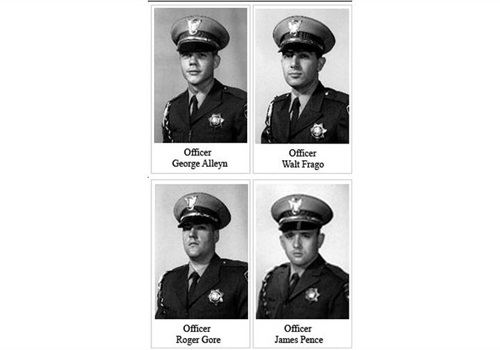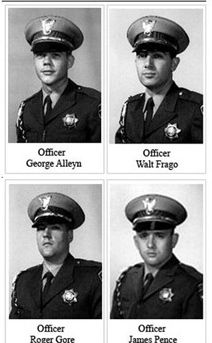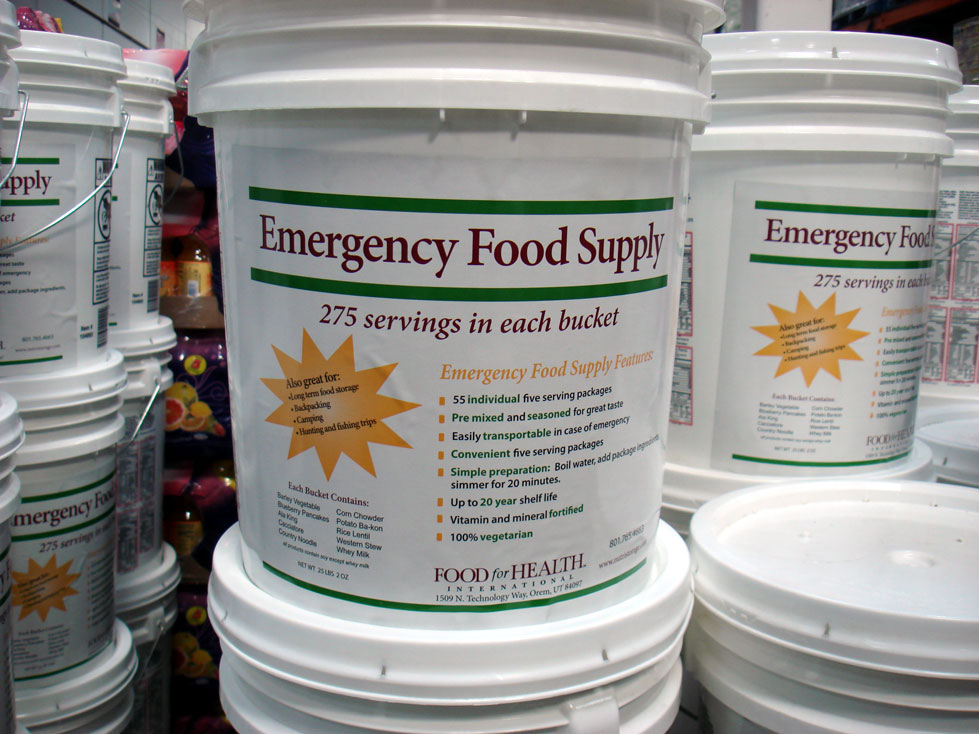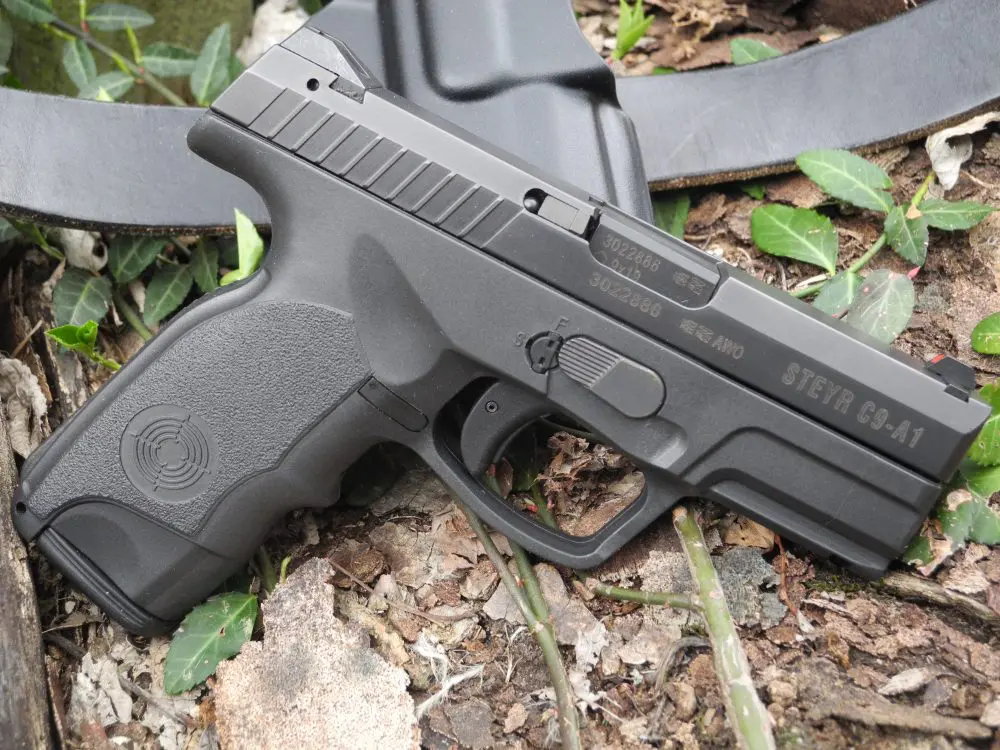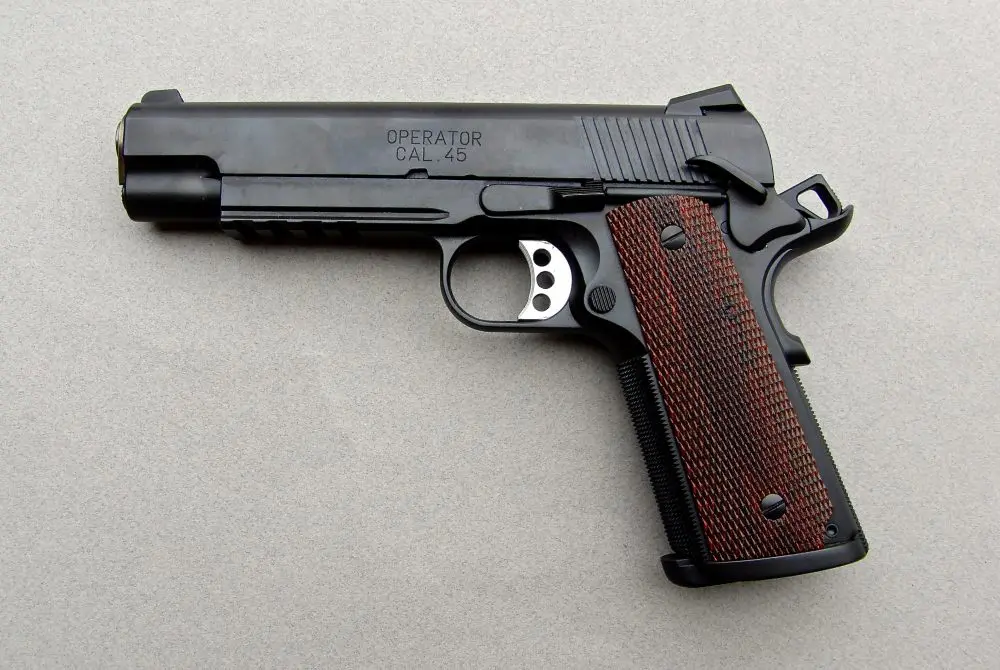Virtually from my first day in the LAPD Academy in 1976, I was instructed in all matters relative to officer safety. Los Angeles was a dangerous place. If the traffic, smog, or femmes fatale didn’t get you, the bad guys certainly would!
A seminal event in California was the Newhall Incident. It was undoubtedly the genesis of serious, structured Officer Safety instruction nationwide.
April 6, 1970. California Highway Patrol Officers Walt Frago #6520 and Roger Gore # 6547 initiated a stop in front of J’s Café off the 5 Freeway in Newhall, where the entrance to Magic Mountain now exists.
S.W.A.T. doesn’t believe in naming murderers, so we’ll refer to them as Suspect 1 and Suspect 2. They had been brandishing a weapon, resulting in a radio call to which Frago and Gore responded. They had observed the described vehicle, requested back-up, and initiated a stop.
The driver was instructed to exit the vehicle and Gore approached him. Frago moved to the passenger side. The right door suddenly opened and the passenger, Suspect 1, exited, firing at Frago, who took two gunshots to the chest. Suspect 1 then fired one round at Gore, who returned fire. At the same time the driver, Suspect 2, fired two shots at Gore at close range. Both officers died on scene.
Officers James Pence #6885 and George Alleyn #6290 arrived moments later in response to the back-up call. They could not observe the downed officers or the suspects, yet they came under immediate fire. Pence placed an Officer Needs Help call, retrieved the shotgun, and positioned himself behind the driver’s side door. In the ensuing gunfight, both Pence and Alleyn were killed. The suspects fled.
Suspect 1 briefly held a man hostage and subsequently killed himself with the shotgun he had stolen from Officer Frago. Suspect 2 was apprehended, sentenced to death, and died in prison in 2009.
The 1970s book Street Survival includes a black-and-white photographic plate of the four CHP officers in the coroner’s office. They are positioned next to one another in blood-soaked uniforms. It is beyond sobering and tragic!
A point that has been widely utilized in Officer Survival training is that one of the CHP officers (Officer Pence is sometimes alluded to as the officer in question) had placed into his pocket expended casings from his revolver during a reload mid-point in the gunfight. We were told this was a direct result of firearms training wherein officers had to place expended casings in their pockets so as not to “dirty up” the range during training.
Fast forward to 2017. I was instructing a group of Federal Agents and related this very incident to the group. One of the participants was also an instructor and he stopped me. When he instructed others, he too had relayed the same misinformation relative to the placement of expended casings into the pocket of the officer.
Sheriff John Anderson of Madera County Sheriff’s Department served on the CHP for more than 30 years and co-authored The Newhall Shooting. He stated that the resulting modifications in training by the CHP (such as not retaining expended casings) were direct results of the post-Newhall Incident debriefings and analysis.
This did not happen. No expended casings were in the pocket of the CHP officer. A memorandum at the time, from the CHP relative to their training, regarded the practice of holding on to their expended casings during qualification, yet it had nothing to do with the Newhall Incident. It was only a result of improving existing training practices. The two evolutions apparently became intertwined with one another and hence the urban myth was perpetuated.
There are no doubt some training practices that have not served very well those who are sworn to protect others. Some theories and practices I was initially taught would not be “practical” in the real world in any sense.
As an example: We were taught to drop low and left as we drew our revolvers because all suspects shot high and right. As a raw, baby-faced recruit, this seemed logical to me. After a number of years on the force, I realized this theory has more holes in it than a sieve or practicality as a screen door on a submarine. There never was, is, or ever will be any study relative to precisely where suspects miss with their gunfire in shootouts.
It sounded neat, it looked sexy, and we looked really cool executing our “drop low and left” draw when we were all in unison on the firing line, but it had no bearing in reality, let alone history. It was simply an urban myth.
It is important to get the facts correct. There are no alternative sets of fact patterns in the real world. Try telling a Federal judge you have alternative facts to a case and see what happens.
If you ever drive south on the Golden State Freeway, also known as the “5,” and you approach Newhall, look to the right-hand side of the road just north of the Magic Mountain off-ramp. You’ll see a large green-and-white sign emblazoned with all four CHP officers’ names prominently displayed.
I wish I’d been there that fateful day in 1970. I wish I could have “thrown in” with them. I wish they could have known what we know now. I wish they could have had the tools and training we have now.
I sincerely hope that all four men: Pence, Alleyn, Gore, and Frago, and their families know how much has been learned, passed on, and remembered, and how many lives have been saved through the decades from their actions on that day!
Scott Reitz is a 30-year veteran of the Los Angeles Police Department and director of the highly acclaimed International Tactical Training Seminars. Course information and schedules are available at their website, www.internationaltactical.com. Scott also co-hosts the Oxygen channel true-crime series It Takes a Killer.
